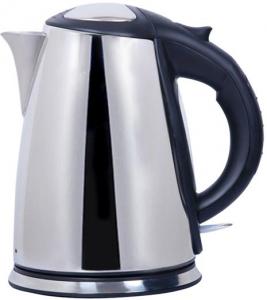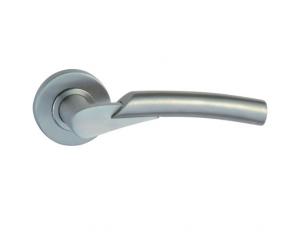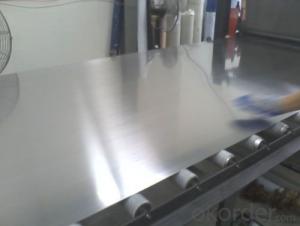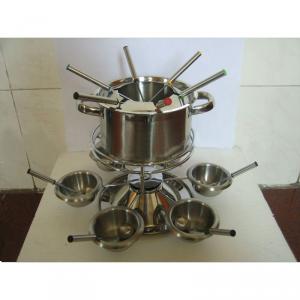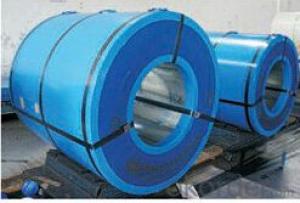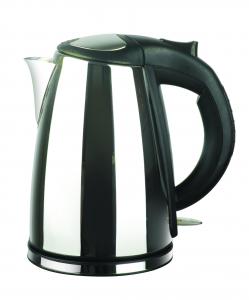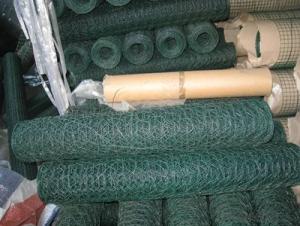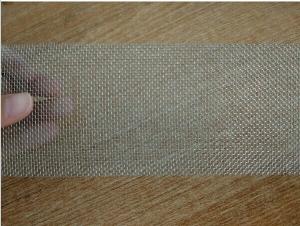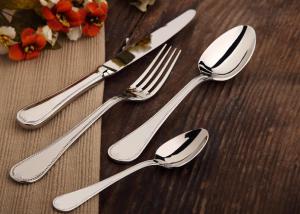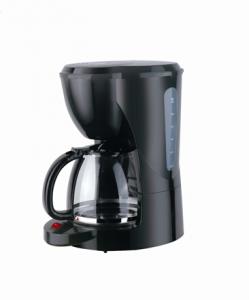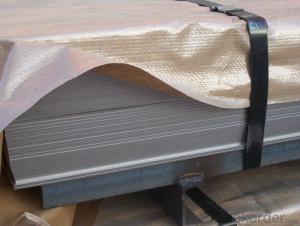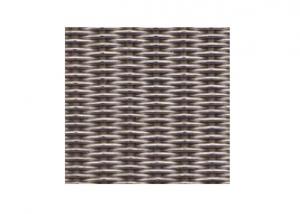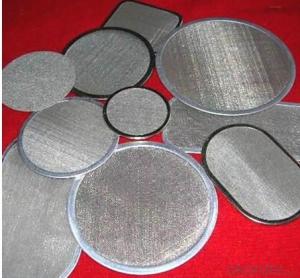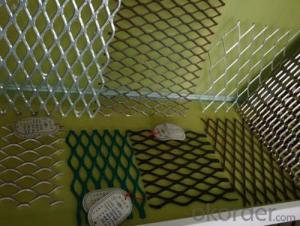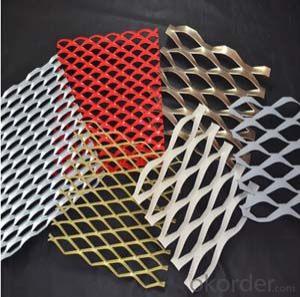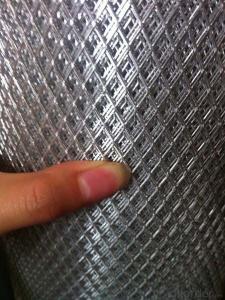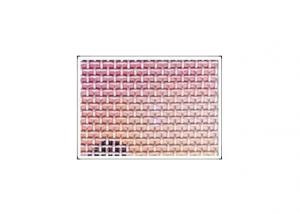Stainless Steel Matte
Stainless Steel Matte Related Searches
Matte Stainless Steel Satin Stainless Steel Metal Stainless Steel Stainless Steel Stainless Stainless Steel Laminate Laser Cut Stainless Steel Shine Stainless Steel Stainless Steel Plates Stainless Steel Tape Stainless Steel Magnetic Stainless Steel Top Stainless Steel Teeth Stainless Steel Metals Stainless Steel Paint Stainless Steel Coating Magnetic Stainless Steel Material Stainless Steel Stainless Steel Hardware Color Stainless Steel Stainless Steel S Stainless Steel Gate Stainless Steel Diamond Plate Stainless Steel Sets Stainless Steel Tote Magnet Stainless Steel Stainless Steel Machete Stainless Steel Cte Smoke Stainless Steel Grate Stainless Steel Cut Stainless SteelStainless Steel Matte Supplier & Manufacturer from China
Stainless Steel Matte is a type of stainless steel product that boasts a unique, non-reflective finish. This finish is achieved through a process that gives the steel a consistent, matte appearance, making it an attractive choice for a variety of applications. The product is highly valued for its durability, corrosion resistance, and aesthetic appeal, making it suitable for both commercial and residential settings.Stainless Steel Matte is widely used in various industries due to its versatility and practicality. It can be found in applications such as architectural facades, interior design elements, furniture, and kitchen appliances. The matte finish not only provides a sleek and modern look but also reduces glare and fingerprints, making it an ideal choice for high-traffic areas. Additionally, its resistance to corrosion and staining makes it a popular choice for outdoor installations and environments with harsh weather conditions.
Okorder.com is a reputable wholesale supplier of Stainless Steel Matte, offering a vast inventory to cater to the needs of various industries. The company prides itself on providing high-quality products at competitive prices, ensuring that customers receive the best value for their investment. With a commitment to customer satisfaction and a focus on maintaining a diverse product range, Okorder.com is a trusted source for those seeking Stainless Steel Matte products.
Hot Products



